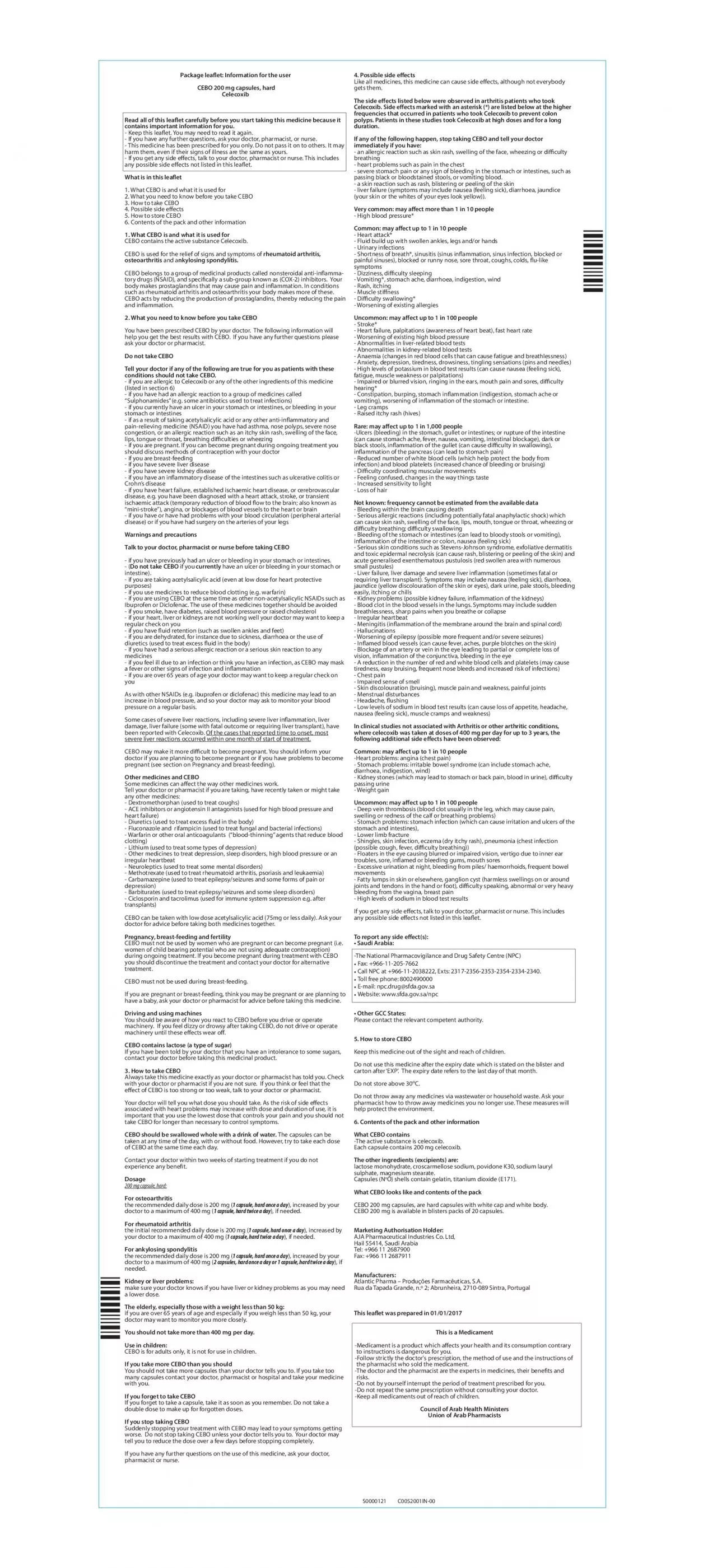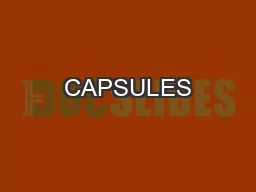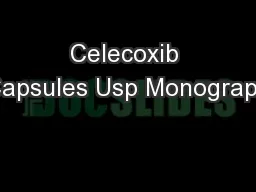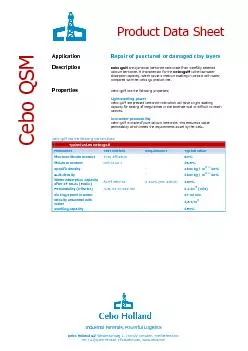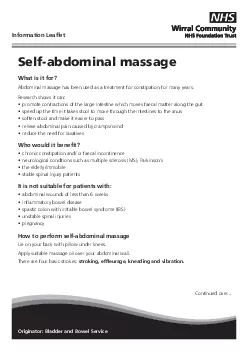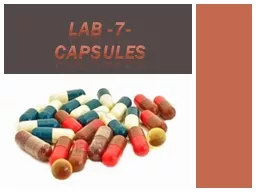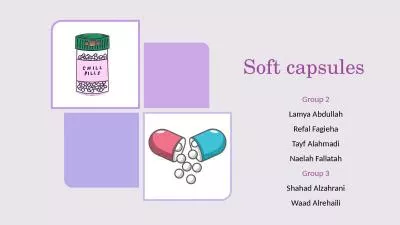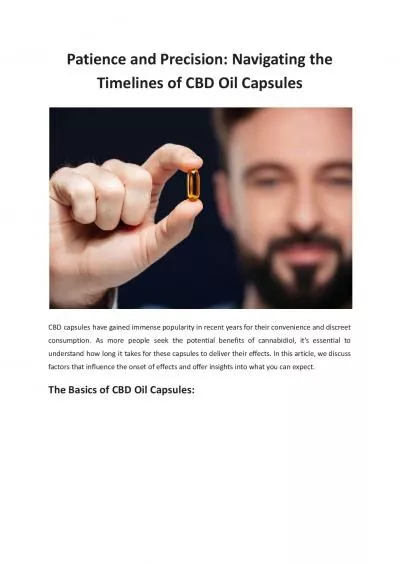PDF-Package lea31et Information for the user CEBO 200 mg capsules hardCele
Author : daisy | Published Date : 2021-08-31
severe liver reactions occurred within one month of start of treatmentCEBO may make it more di28cult to become pregnant You should inform your doctor if you are
Presentation Embed Code
Download Presentation
Download Presentation The PPT/PDF document "Package lea31et Information for the user..." is the property of its rightful owner. Permission is granted to download and print the materials on this website for personal, non-commercial use only, and to display it on your personal computer provided you do not modify the materials and that you retain all copyright notices contained in the materials. By downloading content from our website, you accept the terms of this agreement.
Package lea31et Information for the user CEBO 200 mg capsules hardCele: Transcript
Download Rules Of Document
"Package lea31et Information for the user CEBO 200 mg capsules hardCele"The content belongs to its owner. You may download and print it for personal use, without modification, and keep all copyright notices. By downloading, you agree to these terms.
Related Documents

